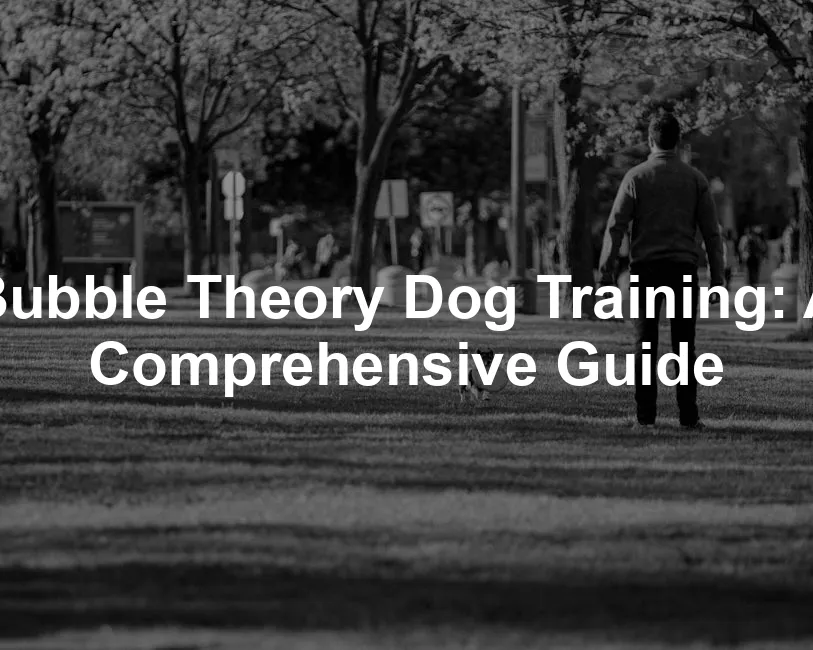Introduction
Have you ever noticed how your dog reacts to different environments? Bubble Theory dog training focuses on creating a safe, stress-free space for your furry friend. This method emphasizes understanding your dog’s personal space and emotional limits. Knowing these boundaries is crucial, especially for reactive or fearful dogs. By respecting their bubble, you help them feel secure, leading to a more relaxed and confident pet.
To help your dog feel more secure during training sessions, consider using a Dog Anxiety Vest. It can provide a calming effect, making your training efforts much smoother.
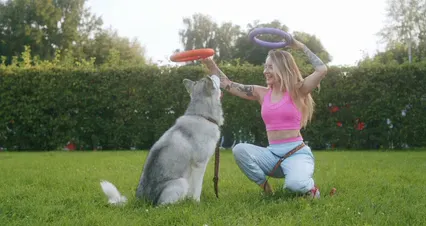
Summary and Overview
Bubble Theory is a modern approach to dog training. It highlights the importance of emotional thresholds in reducing reactivity. This method relies on counter conditioning, which helps change how dogs react to triggers. Patience is essential during this process, as gradual exposure allows dogs to adapt comfortably. Implementing Bubble Theory can significantly improve behavior and strengthen the bond between you and your dog.
For effective training, you might want to consider investing in some Dog Training Books that provide insights into various training techniques, including Bubble Theory.

Understanding Bubble Theory
What is Bubble Theory?
Bubble Theory is based on the concept of a dog’s personal space. This idea comes from behavioral science and emphasizes the need for a safe environment. The “bubble” metaphor represents the comfort zone that dogs require to feel secure. When a dog is within this bubble, they are more open to learning and less likely to react negatively. Understanding this principle is key for effective training.
Key Components of Bubble Theory
Emotional Thresholds
Every dog has an emotional threshold. This is the point where their stress or fear response kicks in. For some dogs, that may be a loud noise; for others, it might be a stranger approaching. When a trigger crosses this threshold, the dog may react negatively. Understanding this threshold helps you identify when your dog feels uncomfortable, allowing you to intervene before a reaction occurs. Recognizing these signs is crucial for effective training.
Personal Space Bubble
Just like humans, dogs have a personal space bubble. This bubble represents the safe distance they need from others to feel at ease. Each dog’s bubble varies based on their temperament and past experiences. Some dogs may require a larger bubble, especially if they are fearful or reactive. Respecting your dog’s personal space is vital in training. When you maintain an appropriate distance, you help them feel secure and less anxious.
Reactivity in Dogs
Reactivity manifests in various ways. A dog might bark, growl, or even lunge when feeling threatened. Common triggers include unfamiliar people, loud noises, or other animals. Recognizing what provokes your dog is essential for managing their reactions. Pay attention to body language and vocalizations. Signs of stress, like tail tucking or lip licking, can indicate discomfort. Understanding these triggers allows you to create a safer training environment.
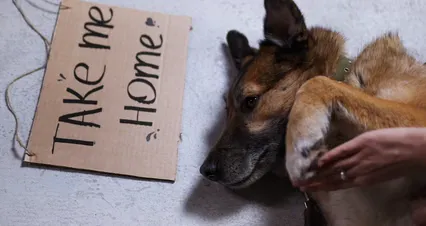
Understanding your dog’s body language is crucial for effective training. Understanding canine body language and vocalizations
Applying Bubble Theory in Dog Training
Identifying Reactive Dogs
Reactive dogs often show specific characteristics. They may bark excessively, growl, or display fear when encountering triggers. Common triggers include other dogs, loud noises, or sudden movements. To effectively train a reactive dog, first identify these triggers. Observe your dog’s behavior closely. Look for signs of stress, such as pacing, panting, or avoiding eye contact. Recognizing these early warning signs can help you intervene before a reaction escalates.
Creating a Safe Environment
Creating a supportive training environment enhances your dog’s comfort. Start by minimizing distractions. Use quiet spaces where your dog feels safe. Make gradual introductions to potential triggers while maintaining distance. You can also use barriers, like fences, to limit exposure. This approach helps your dog feel secure. Additionally, be mindful of external stimuli, such as loud noises or sudden movements that may provoke anxiety.
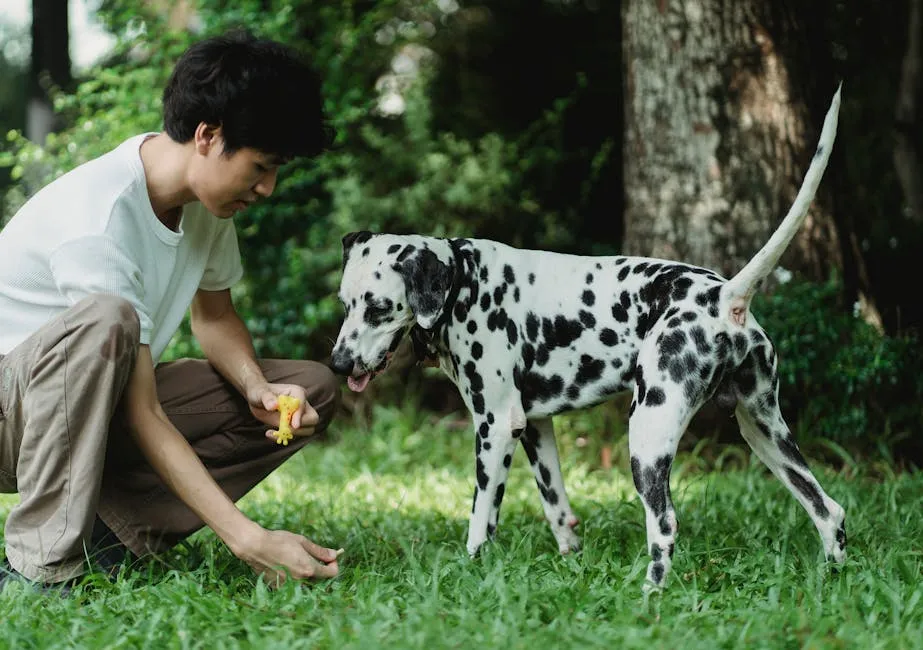
Consider using a Dog Leash with Reflective Stitching. This not only ensures safety during walks but also helps maintain control, especially in unfamiliar environments.
Techniques for Implementing Bubble Theory
Keeping Triggers at a Distance
Keeping potential triggers outside your dog’s comfort zone is key. Start by ensuring that triggers remain far enough away to avoid stress. This distance allows your dog to observe without feeling threatened. Over time, you can slowly reduce this distance. Use positive reinforcement, like treats or praise, to encourage calm behavior as triggers come closer. This gradual exposure helps your dog adjust and become more comfortable over time.

Utilizing Positive Reinforcement
Positive reinforcement is essential in Bubble Theory dog training. It creates a supportive environment for your dog. When your dog interacts with triggers, rewarding calm behavior strengthens their confidence. This method uses treats, praise, or play as motivators.
For example, if your dog sees another dog and stays calm, offer a high-value treat. This encourages them to repeat this behavior. Over time, your dog will associate the presence of triggers with positive experiences. Consistency is key; ensure rewards are given immediately after desired behavior.
Implementing rewards effectively can include using toys or favorite activities. If your dog enjoys fetching, play a quick game after calm encounters. This makes training enjoyable and reinforces good behavior. Remember, the goal is to help your dog learn that staying calm brings positive outcomes.
Gradual Exposure and Counter Conditioning
Gradual exposure is a vital part of the Bubble Theory. This process involves slowly introducing your dog to their triggers. Start from a distance where your dog feels safe. This distance helps prevent overwhelming your pet.
Counter conditioning plays a crucial role in this method. It helps change your dog’s emotional response to triggers. For instance, if your dog reacts to other dogs, begin by allowing them to observe from afar. As they remain calm, reward them with treats or praise.
Over time, you can decrease the distance to the trigger. This gradual approach helps your dog build confidence. They learn that triggers do not pose a threat. By consistently applying this method, you encourage positive associations with previously feared situations.
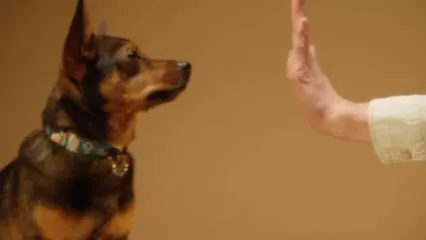
Benefits of Bubble Theory Dog Training
Bubble Theory offers numerous benefits. First, it reduces stress for both dogs and owners. This method fosters a calm atmosphere, making training sessions enjoyable. Second, it improves behavior by addressing emotional responses. Dogs become more relaxed and less reactive over time.
Another significant advantage is strengthening the bond between the dog and owner. By respecting a dog’s personal space, trust develops. This trust enhances communication, making training more effective. Additionally, this method is humane compared to traditional training techniques. It avoids punishment, focusing instead on positive experiences and understanding.
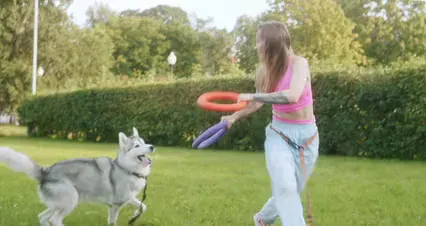
Using Bubble Theory, you create a safer environment for your dog. This leads to lasting behavioral change. Overall, it is a gentle, effective approach that prioritizes your dog’s emotional well-being. If you’re looking for some engaging activities, consider an Interactive Dog Puzzle Toy to stimulate your dog’s mind while you work on training.
Challenges and Considerations
Common Pitfalls
There are common pitfalls to avoid when implementing Bubble Theory. One mistake is rushing the process. Patience is crucial, as each dog learns at their own pace. Another error is failing to maintain consistency. It’s vital to consistently reward good behavior.

Additionally, overlooking signs of stress can hinder progress. Always pay attention to your dog’s body language, which provides essential clues. If your dog appears anxious, increase the distance from triggers. This adjustment helps keep them within their comfort zone.
Lastly, be aware that every dog is unique. Adjust your approach based on your dog’s needs and responses. By avoiding these pitfalls, you’ll create a more effective training experience. Consistency and patience are your best allies in this journey.
When to Seek Professional Help
Sometimes, a little extra support can make a big difference. Recognizing when to consult a professional trainer or behaviorist is crucial. If your dog frequently reacts with aggression or fear, it’s time to seek help. Watch for signs like excessive barking, lunging, or growling at triggers. These behaviors indicate that your dog may struggle to cope on their own.
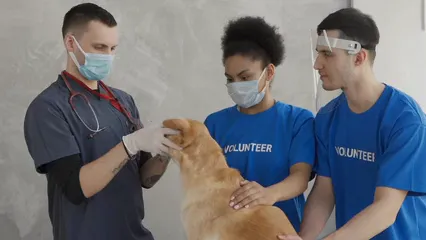
If your attempts at training don’t yield progress, don’t hesitate to reach out. A professional can offer tailored guidance, ensuring your dog’s specific needs are addressed. They can help you implement Bubble Theory effectively, providing strategies designed for your dog’s unique temperament.
Also, if your dog shows signs of extreme anxiety or fear, professional assistance is vital. Trainers with experience in reactive dogs can help build your dog’s confidence. They can also teach you how to manage situations more effectively. Remember, seeking help is a positive step toward a happier, healthier relationship with your dog.
FAQs
What is Bubble Theory in dog training?
Bubble Theory is a training method that focuses on a dog’s personal space. It emphasizes creating a safe environment for dogs, especially those who are reactive or fearful. By understanding and respecting their emotional thresholds, you can help reduce anxiety and improve behavior.
How do I know if my dog needs Bubble Theory training?
Signs that your dog may need Bubble Theory training include excessive barking, growling, or hiding in stressful situations. If your dog appears anxious or uncomfortable around specific triggers, this approach can help. Observing your dog’s body language can also provide insights into their comfort levels. If they seem overwhelmed, it’s essential to consider this training method.
Can all dogs benefit from Bubble Theory?
Absolutely! Bubble Theory is versatile. It works well for various dog temperaments. Reactive dogs, anxious pups, and even confident ones can all benefit. Each dog has a unique emotional threshold. This method respects those limits, fostering a safe learning environment. For fearful dogs, Bubble Theory creates comfort. It allows them to explore without feeling overwhelmed. Confident dogs, on the other hand, learn to engage with their surroundings while respecting their boundaries. This balance helps all dogs grow at their own pace. So whether you have a timid Chihuahua or a boisterous Labrador, Bubble Theory can be tailored to meet their needs. By focusing on each dog’s individual comfort zone, you lay the groundwork for effective training.
How long does it take to see results with Bubble Theory?
Seeing results with Bubble Theory takes time and patience. Every dog is unique, and their progress varies. Generally, you might notice changes within a few weeks. However, lasting transformations require consistent practice. Your commitment matters. Regular training sessions help reinforce learned behaviors. Stick to the routine, and celebrate small victories along the way. This positive reinforcement builds confidence in your dog. It’s essential to remember that progress isn’t always linear. Some days will be better than others. Stay patient and adjust your approach as needed. This is a journey, not a race. With dedication, your dog will thrive, and you’ll both enjoy the benefits of this method.
Are there any risks associated with Bubble Theory?
While Bubble Theory is generally safe, it’s important to be aware of potential challenges. One common misconception is that all dogs will respond the same way. Each dog’s emotional threshold is different, so what works for one may not work for another. Another risk is pushing your dog too quickly. If you don’t respect their comfort zone, it can lead to increased anxiety or reactivity. Always observe your dog’s body language. Signs of discomfort include tail tucking, excessive barking, or attempts to escape. Lastly, consistency is crucial. Inconsistent training can confuse your dog, leading to setbacks. If you’re unsure, consider consulting a professional trainer. They can provide guidance tailored to your dog’s specific needs. This ensures you’re on the right track for success.
How can I effectively implement Bubble Theory at home?
Implementing Bubble Theory at home can be simple and rewarding. Start by creating a safe space for your dog. Choose a quiet area free from distractions. This will help your dog feel secure. Next, observe your dog’s reactions to different stimuli. Identify their comfort zone, or “bubble.” Use treats to reward calm behavior when introducing new experiences. Gradually reduce the distance between your dog and their triggers, while monitoring their comfort. Incorporate positive reinforcement consistently. Praise and treat your dog for calm responses. This creates positive associations with previously challenging situations. Engage in regular training sessions, keeping them short and fun. This will help maintain your dog’s interest and enthusiasm. Lastly, be patient. Progress may take time, but building trust and confidence is essential. Enjoy the journey together!
Conclusion
In summary, Bubble Theory dog training offers a gentle and effective approach. By respecting your dog’s personal space, you create a safe environment for learning. This method is especially beneficial for reactive or anxious dogs, empowering them to respond positively to triggers. With patience and the right techniques, you can help your dog thrive.
Consider looking into effective dog training tips that can complement the Bubble Theory. Dog training tips for adopting a rescue dog with anxiety
Consider incorporating Bubble Theory into your training routine. It’s a humane way to address behavioral issues while strengthening the bond between you and your furry friend.
And speaking of comfort, why not treat your dog to a Dog Bed with Memory Foam? They’ll thank you for it!
Please let us know what you think about our content by leaving a comment down below!
Thank you for reading till here 🙂
All images from Pexels

